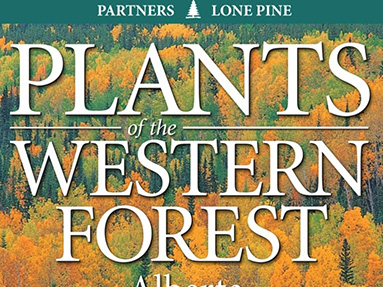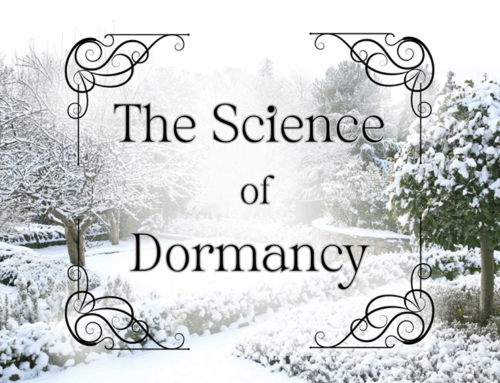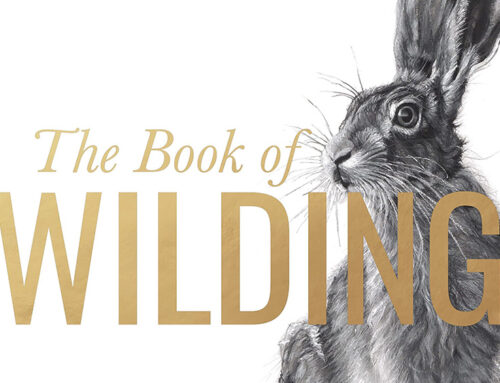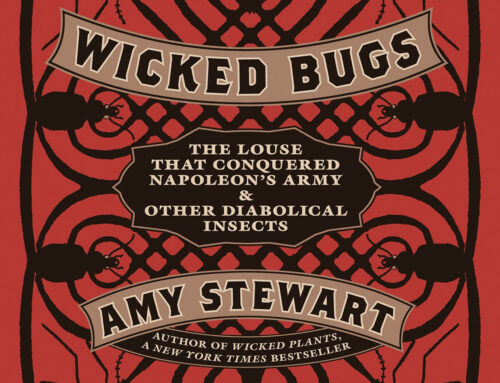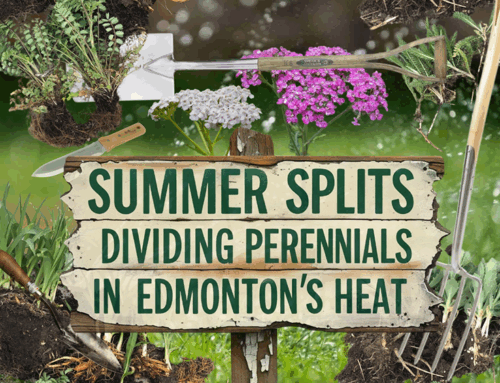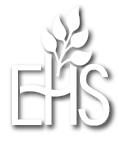Book Review: Plants of the Western Boreal Forest & Aspen Parkland
Reviewed by Brett Kerley
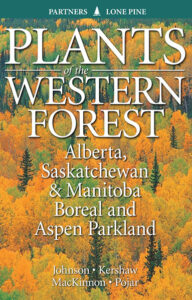 Johnson, Derek, Kershaw, Linda J., MacKinnon, Andy, Pojar, Jim. Plants of the Western Boreal Forest & Aspen Parkland. Publisher: Lone Pine Publishing, 2020. ISBN: 9781772130577
Johnson, Derek, Kershaw, Linda J., MacKinnon, Andy, Pojar, Jim. Plants of the Western Boreal Forest & Aspen Parkland. Publisher: Lone Pine Publishing, 2020. ISBN: 9781772130577
This comprehensive field guide covers over 620 species of flora from the western boreal forest and aspen parkland. More than 800 colour photographs and nearly 900 line drawings provide detailed visual aids for plant identification.
The book is organized into colour-coded sections, each focusing on a specific plant group. Each section begins with an introduction and a plant key, followed by detailed species descriptions. Descriptions include common and scientific names, habitat information, distinguishing features, and notes on edible uses, indigenous applications, and etymology.
- Trees: Includes identification keys, habitat information, and notes on uses.
- Shrubs: Covers shrubs with similar depth, aiding in differentiation and understanding of their ecological roles.
- Wildflowers: The largest section. It has a color photo guide and detailed descriptions.
- Eating for a Living: Carnivorous plants, discussing their unique adaptations and habitats.
- Aquatics: Highlights their ecological importance in wetland environments.
- Graminoids: Grasses, sedges, and rushes.
- Ferns and Allies: Ferns, horsetails, and club-mosses.
- Mosses and Liverworts: Introduces bryophytes, offering insights into their roles in forest ecosystems.
- Lichens
Strengths
- Comprehensive Coverage: The guide offers extensive information on a wide range of plant species. It’s a valuable resource for both amateurs and professionals.
- Visual Aids: The numerous photographs and line drawings enhance the user’s ability to accurately identify plants.
- Ethnobotanical Insights: Notes on traditional uses by indigenous peoples provides cultural context and deepens understanding.
- User-Friendly Organization: Colour-coded sections and clear keys facilitate easy navigation and plant identification.
- Durability: The laminated softcover and glossy pages make the book suitable for field use. I always take this book with me when we go camping and hiking.
Weaknesses
- Photograph Quality: Certain photographs lack clarity, which may hinder identification.
- Taxonomic Details: The guide sometimes omits family and order classifications, potentially limiting its utility for academic purposes.
- Regional Limitations: While extensive, the guide may not cover all species found in the aspen parkland or bordering regions.
About the Authors
- Derek Johnson: Johnson is a plant ecologist with the Northern Forestry Centre in Edmonton. He specializes in environmental impact assessments and has conducted extensive research on peatlands in the boreal forest.
- Linda J. Kershaw: Kershaw is a career botanist and best-selling author. She has worked with Environment Canada, the World Wildlife Fund, and the Alberta Forest Service. Her fieldwork spans the Canadian boreal forest, the Rocky Mountains, and beyond.
- Andy MacKinnon: MacKinnon is a respected biologist and registered professional forester. He serves as a technical advisor on old-growth forest research for the B.C. Ministry of Forests and is an adjunct professor at Simon Fraser University.
- Jim Pojar: Pojar was formerly a respected forest ecology research scientist with the B.C. Forest Service. He is now the executive director of the Canadian Parks and Wilderness Society’s Yukon chapter.
Final Thoughts
Plants of the Western Boreal Forest & Aspen Parkland is a meticulously crafted field guide, balancing scientific rigor with accessibility. It’s an indispensable resource for anyone interested in the flora of the western boreal region and a valuable tool for fieldwork and academic study.

